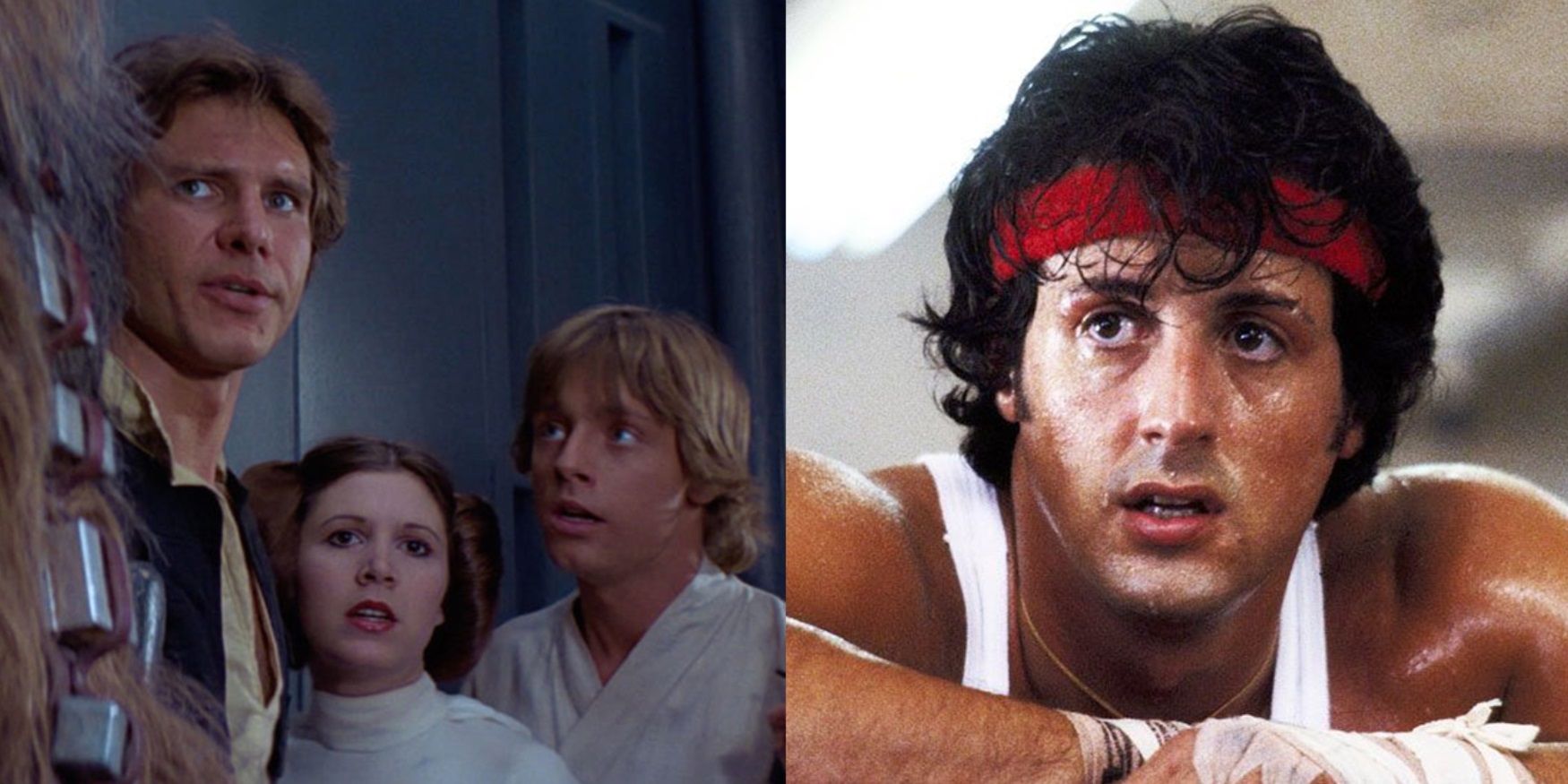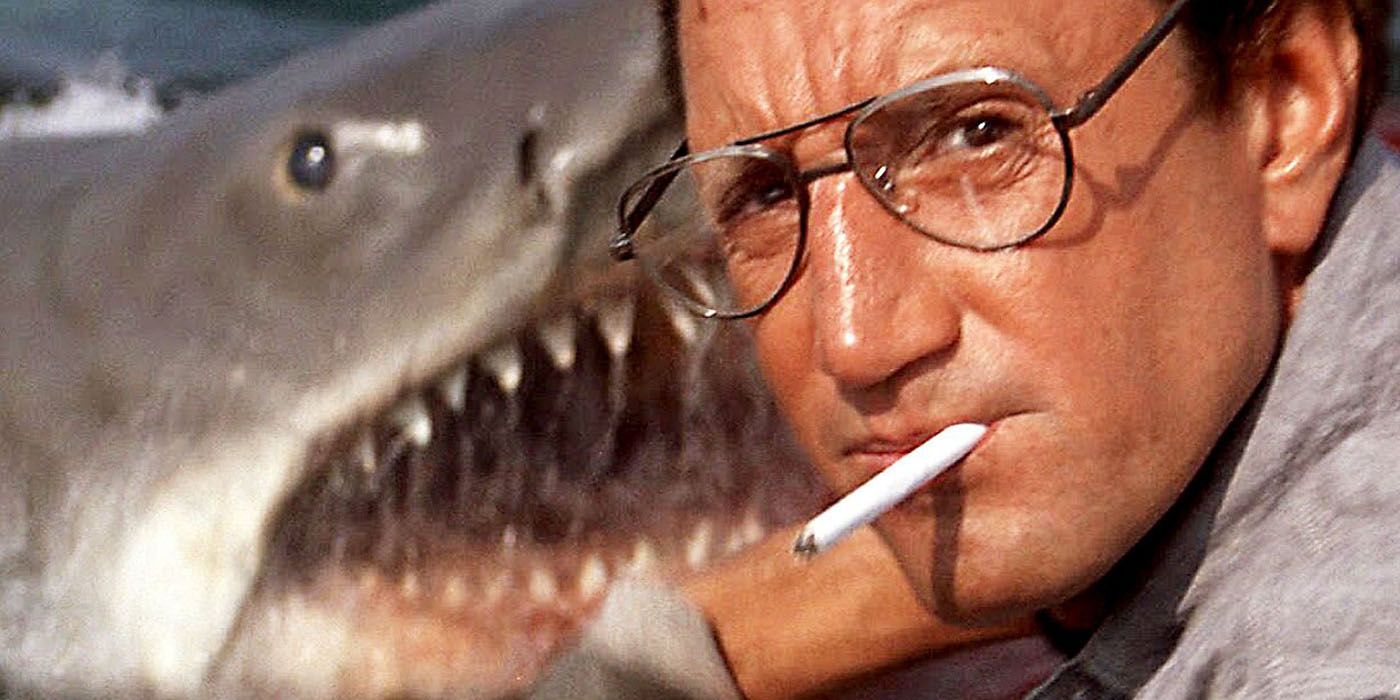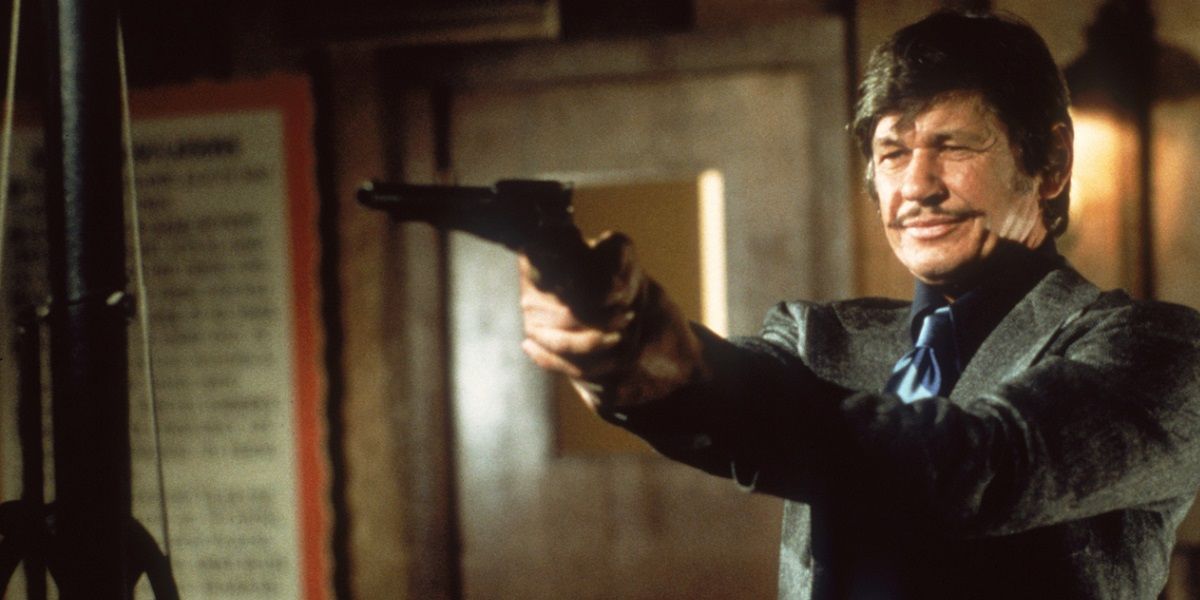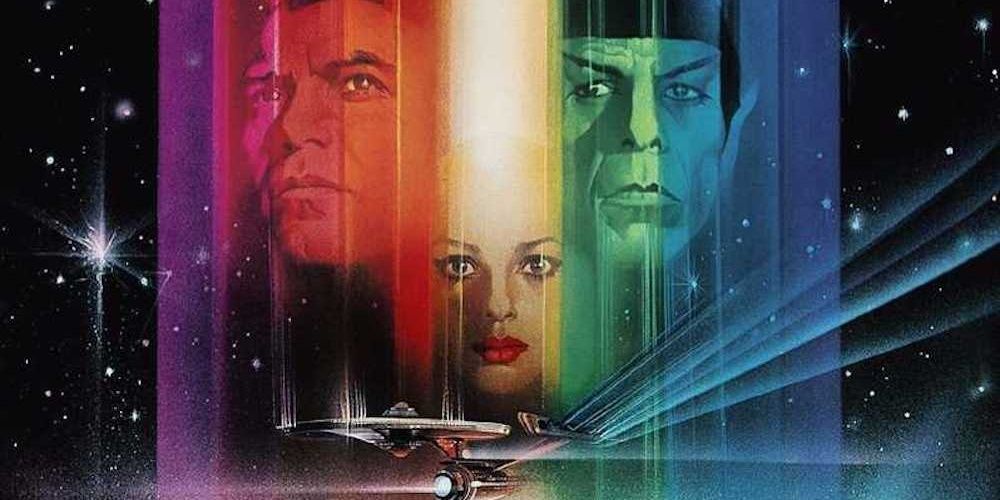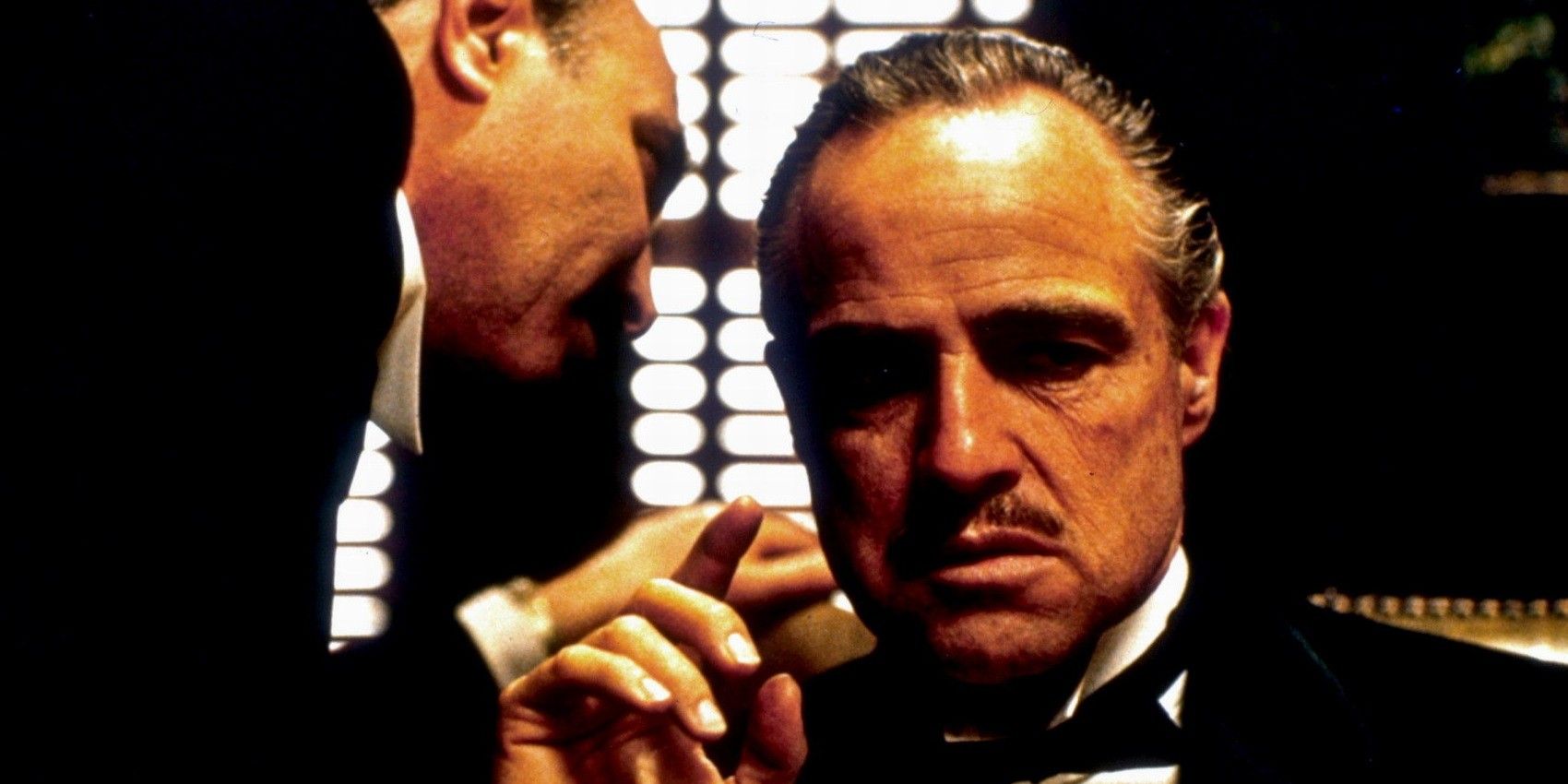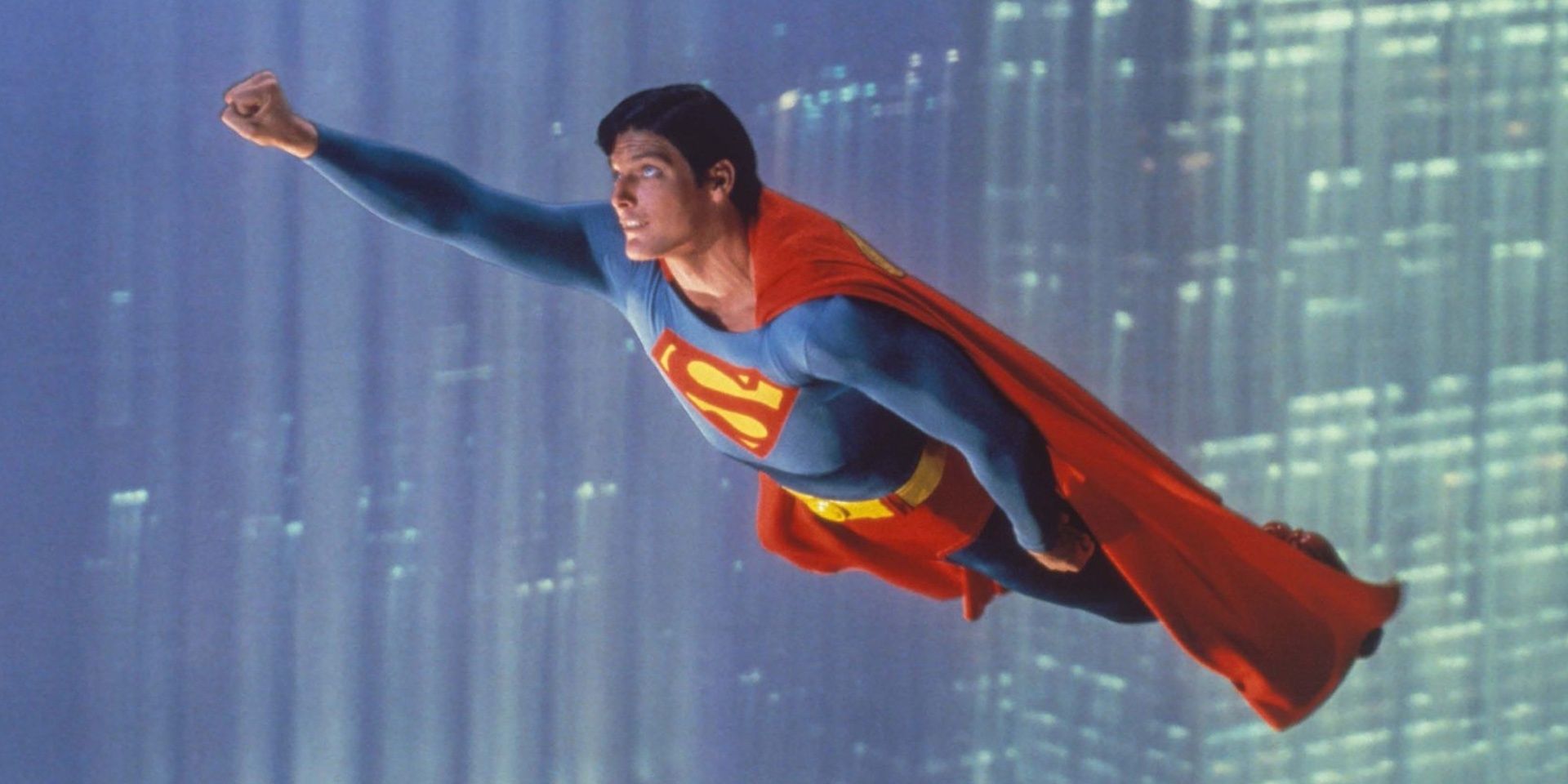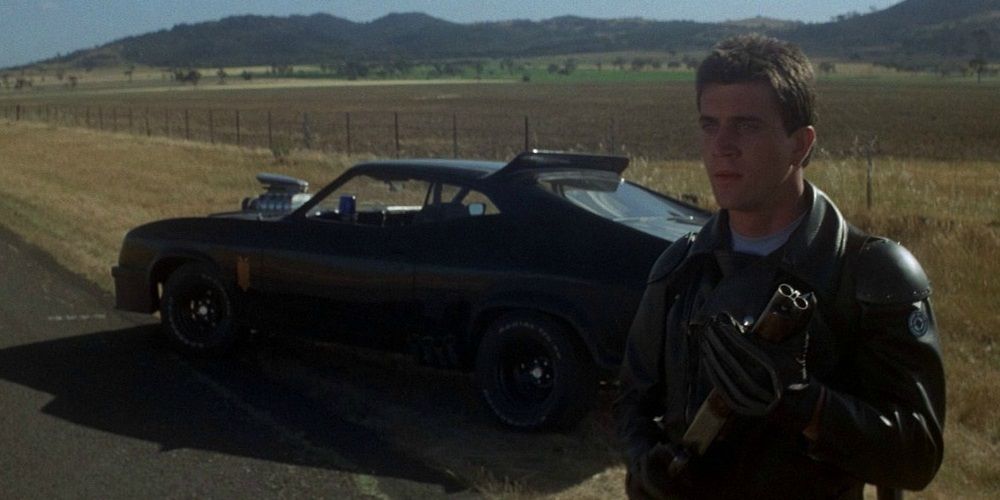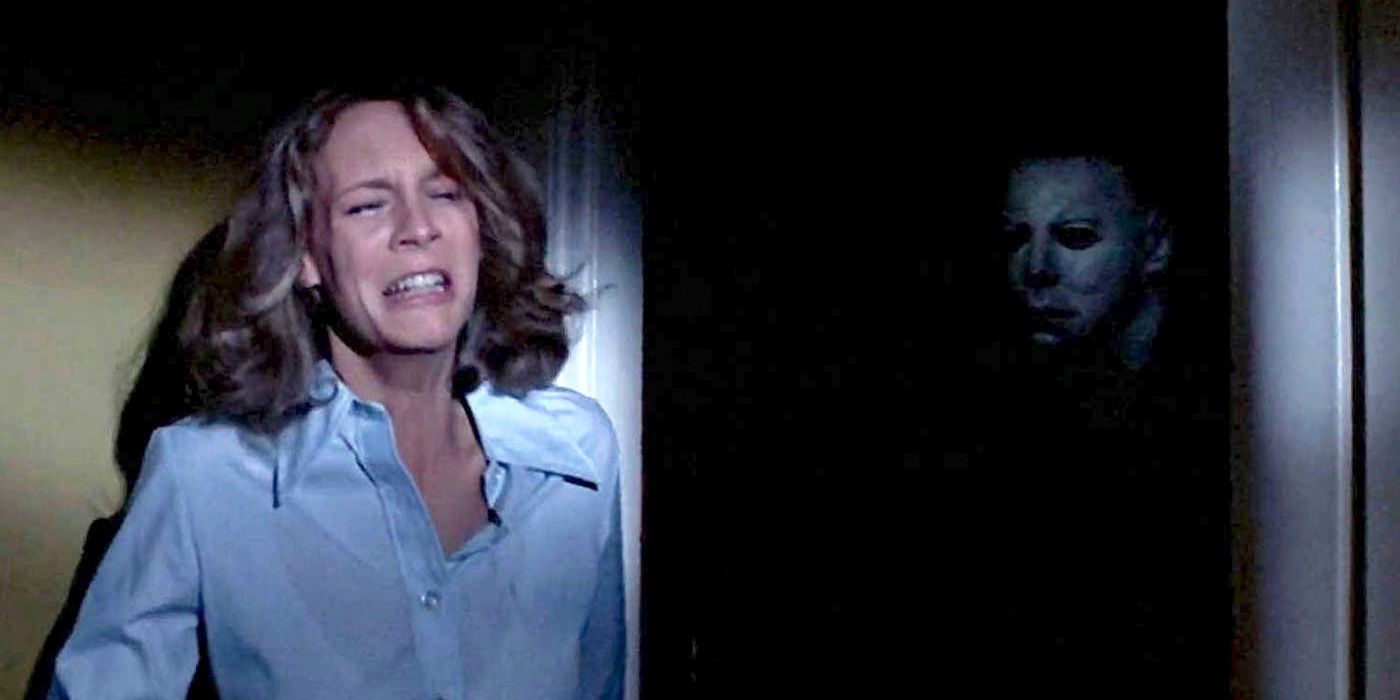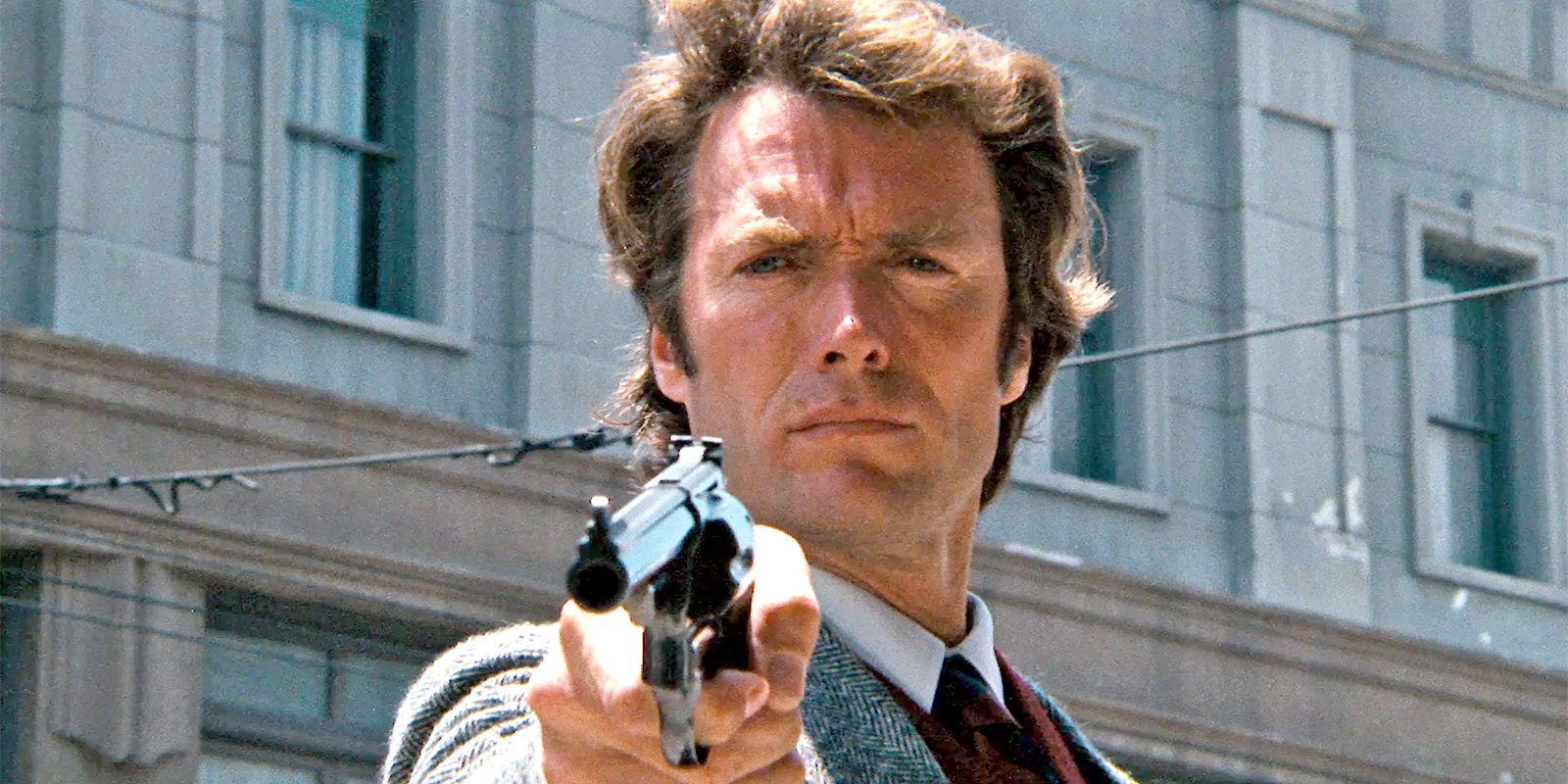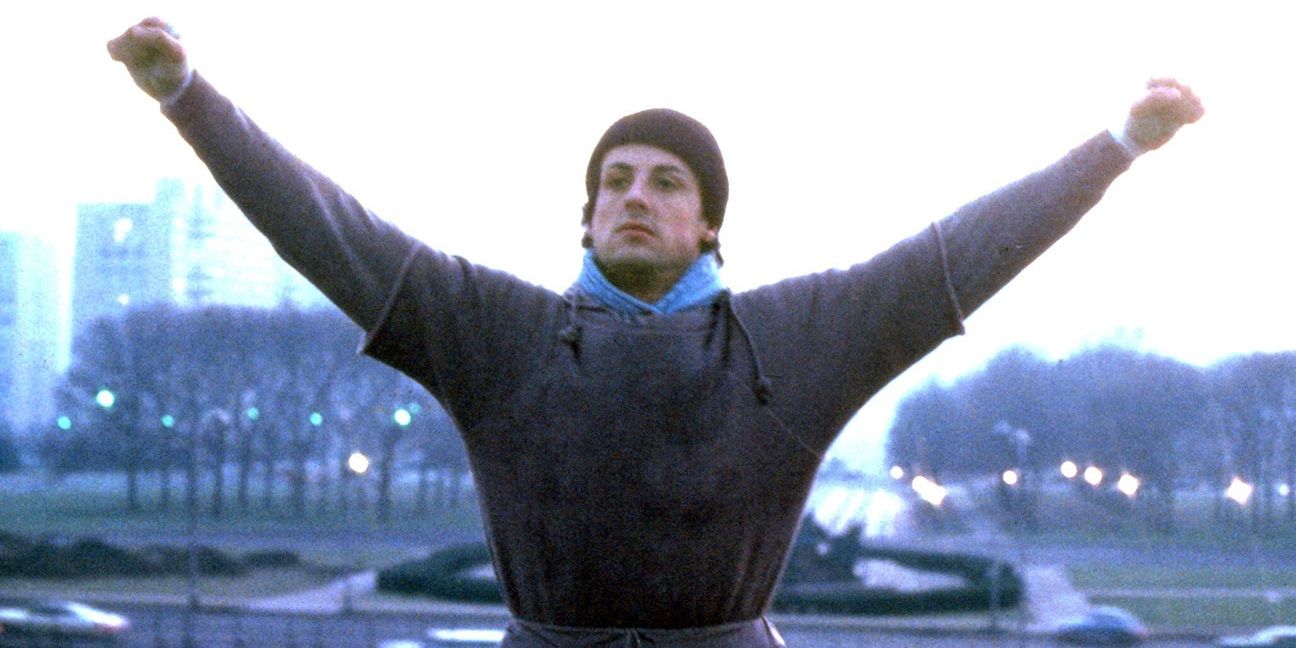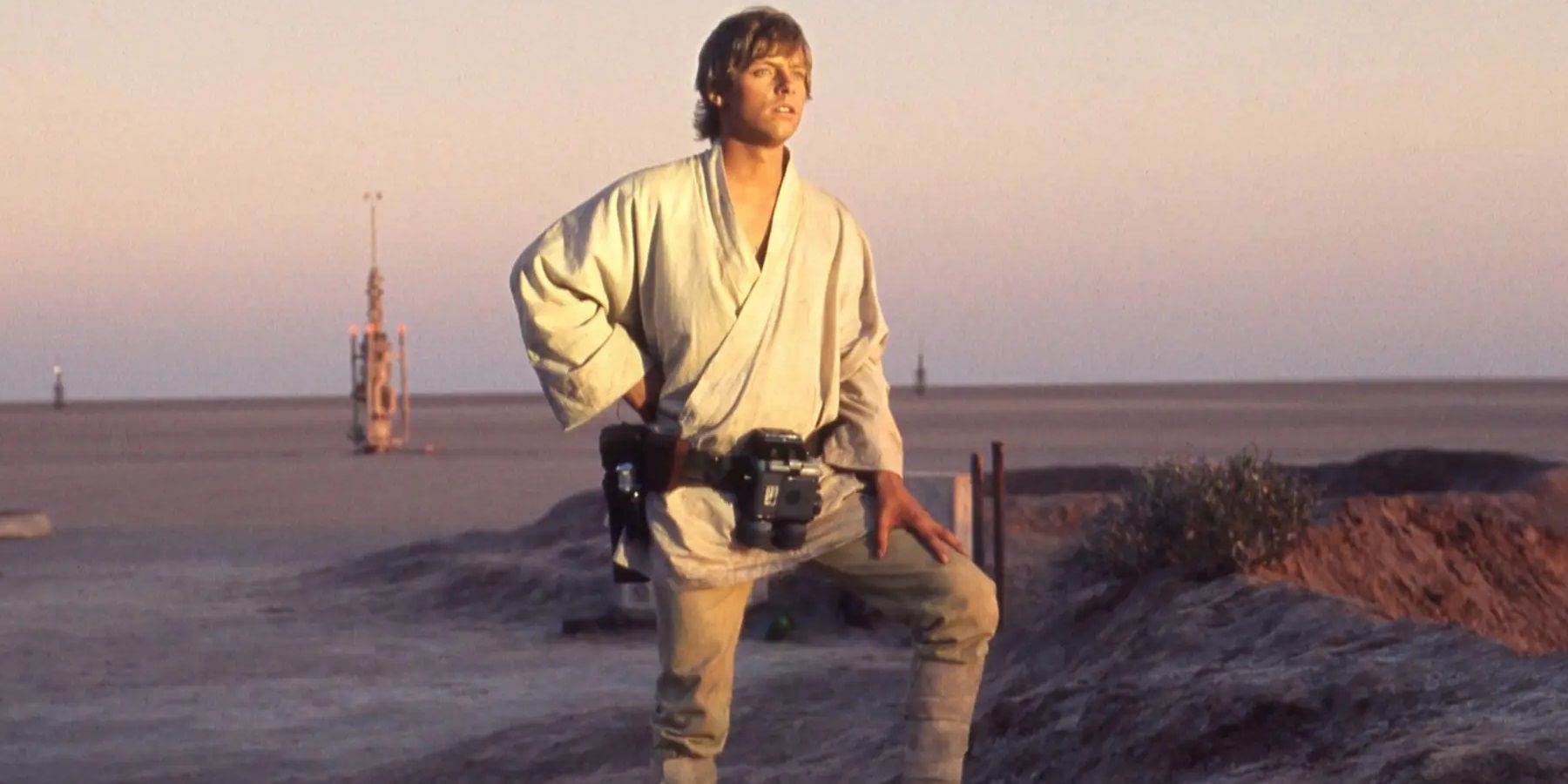In the age of Marvel, DC, and Fast & Furious, it’s easy to think of movie franchises as a modern advancement in the cinematic landscape, and that original movies ruled supreme until only about a decade ago. But franchises have been a prominent part of the Hollywood model for over half a century.
The 1970s saw the launch of lucrative movie franchises revolving around a tough-as-nails vigilante cop played by Clint Eastwood, a post-apocalyptic drifter played by Mel Gibson, and a great white shark played by animatronics.
Jaws
When Steven Spielberg’s Jaws became the highest-grossing movie ever made, it changed Hollywood forever. Since then, studios have focused on high-concept genre movies released in the summer window in the hopes of replicating the massive success of Spielberg’s shark-infested Hitchcockian thriller.
Naturally, none of the sequels to Jaws managed to top the greatness of the original. But the first sequel, released in 1978, is a decent shark thriller with one of the most memorable poster taglines of all time: “Just when you thought it was safe to go back in the water...”
Death Wish
Charles Bronson was already one of Hollywood’s toughest action stars by the early 1970s, but the role of Paul Kersey in Death Wish solidified him as the face of vigilante justice. Paul is a New York City architect who takes the law into his own hands when his family is brutally attacked by a street gang.
In a string of four sequels, Paul once again took the law into his own hands to avenge his daughter, his housekeeper, his old friend, and his fiancée.
Star Trek
Over a decade after the short-lived original Star Trek TV series was canceled, the franchise got a second wind on the big screen. Star Trek: The Motion Picture was panned by critics, but some of the sequels that followed – especially The Wrath of Khan and The Voyage Home – rank among the most acclaimed sci-fi movies ever made.
The original cast of William Shatner and Leonard Nimoy eventually passed on the reins of the franchise to The Next Generation’s Patrick Stewart, who eventually handed the reins to the rebooted ensemble led by Chris Pine and Zachary Quinto.
The Godfather
Three years before Jaws broke its record, Francis Ford Coppola’s crime epic The Godfather became the highest-grossing movie of all time. Anchored by Marlon Brando and Al Pacino’s impeccable performances, The Godfather is a quintessential portrait of murder and betrayal within an Italian-American mafia family.
Coppola followed it up with The Godfather Part II, equal parts sequel and prequel, which was similarly praised. The big finale, The Godfather Part III, was considered a disappointment, but overall, The Godfather trilogy is a cinematic triumph.
Superman
Superhero movies didn’t become Hollywood’s favorite currency until Iron Man kicked off the Marvel Cinematic Universe, but three decades earlier, Richard Donner proved that superheroes could make viable blockbuster stars with his groundbreaking 1978 Superman movie.
After audiences have been inundated with comic book blockbusters copying its formula, Donner’s Superman movie still holds up as a timeless gem. Not all of its sequels have fared as well, but audiences will always look forward to seeing the Man of Steel on the big screen and believing a man can fly.
Mad Max
George Miller’s ultralow-budget dystopian thriller Mad Max was never expected to launch a lucrative action franchise. But it ended up doing just that. Audiences responded to Miller’s grindhouse thrills and Mad Max became a franchise-launching sleeper hit and one of the most profitable indie movies ever made.
Miller’s first sequel, The Road Warrior, defined the look and style of that franchise. He recharacterized Max as a spaghetti western antihero and plunged him into a gonzo vision of a lawless, post-apocalyptic frontier.
Halloween
John Carpenter’s seminal 1978 masterpiece Halloween created a template for its own horror subgenre. In the decade or so that followed, every low-budget horror filmmaker tried their hand at a slasher in which teenage victims are picked off by a masked killer. Halloween also created a template for its own sequels.
The sequels to Halloween have been up and down, as with any slasher franchise, but thanks to his hulking physique and haunting Shatner mask, the terror of Michael Myers endures.
Dirty Harry
Don Siegel subverted the usually black-and-white morals of the police noir with his gritty thriller Dirty Harry. Clint Eastwood made audiences’ day with his hard-as-nails portrayal of the titular vigilante cop, who freely bends the law to get closer to his perps.
After taking down a psychotic sniper in the first movie, Harry returned in four sequels, tackling such sinister villains as a fellow vigilante cop and a band of terrorists blackmailing the City of San Francisco.
Rocky
Sylvester Stallone became one of the ultimate Hollywood success stories with his work on the 1976 masterpiece Rocky. Stallone was a struggling actor who made his own destiny by writing a script for himself and refusing to sell it to any producer who wouldn’t let him play the lead role. In many ways, he’s like the underdog boxer he plays in the movie.
The immense success of Rocky led to four direct sequels, an epilogue-y reboot, a spin-off, and a sequel to the spin-off. Rocky Balboa remains one of the most iconic characters in movie history.
Star Wars
When George Lucas originally helmed Star Wars on a shoestring budget, industry insiders expected his weird little space movie to bomb at the box office and be forgotten about. But having been inspired by the multi-part sci-fi serials of his youth, Lucas always envisioned expanding the Star Wars universe with sequels, prequels, and spin-offs.
Of course, in the summer of 1977, Star Wars became a global cultural phenomenon whose widespread influence continues to this day. More than four decades later, Star Wars is still one of the hottest properties in blockbuster cinema.

